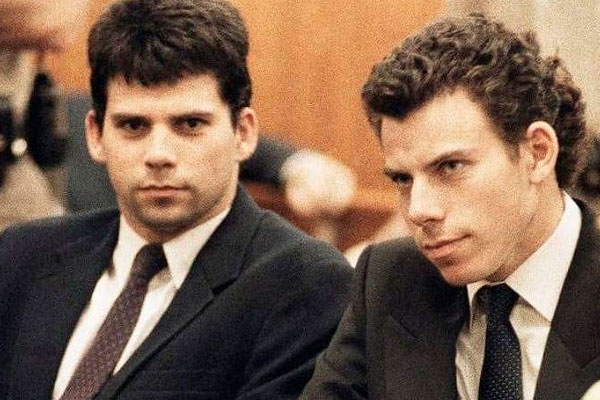
INDIANA JONES: Archaeologists Unearth a Tomb with Human Skeletons Where the Third Movie Was Filmed
The 1989 film “Indiana Jones and the Last Crusade” follows professor and archaeologist Indiana Jones (Harrison Ford) on his quest for the Holy Grail, where he battles Nazis and rescues his father, Henry Jones (Sean Connery). Excavations in Petra, the iconic “lost city” in Jordan, have uncovered a tomb containing human skeletons, offering items, and a unique internal structure. Petra, famous for its Treasury, is one of the film’s most memorable locations.
Over three decades after the filming, archaeologists identified hidden artifacts beneath Al Khazneh (the Treasury of Petra). Researchers from Jordan and the United States, with special authorization, discovered a tomb with 12 skeletons and a collection of offerings made from bronze, ceramic, and iron.
This discovery may provide new insights into the civilization that built Petra. The excavation was guided by ground-penetrating radar, which detected cavities in the area.
“The public recognizes Petra for the Treasury, but there is much more beneath the surface”, stated Pearce Paul Creasman, director of the American Center of Research (Acor), in an interview with The New York Times. Creasman is one of the leaders of the excavation.
In addition to the skeletons and offerings, archaeologists found a network of previously unseen walls within the city. “This hidden chamber was a major surprise. With so many empty tombs in Petra, this could be the most important and historically significant discovery”, commented Josh Gates, host of the show “Expedition Unknown,” which documented part of the project.
A coincidence caught attention during the excavation. “We found an object similar to a chalice, reminiscent of the Holy Grail from the film, in the same structure above the tomb”, Gates reported. However, the object was identified as the lid of a broken jar from the 1st century BC.
Petra, founded in the 4th century BC, was the capital of the Nabateans, a nomadic people who thrived on trade in spices and incense. The city is recognized as a UNESCO World Heritage site and one of the seven wonders of the world, although many details about the Nabateans remain unknown.
“We still have much to learn about the Treasury and the reasons behind its construction”, said Creasman. “With the support of the Jordanian government, this excavation may bring us closer to answers”, he concluded.












